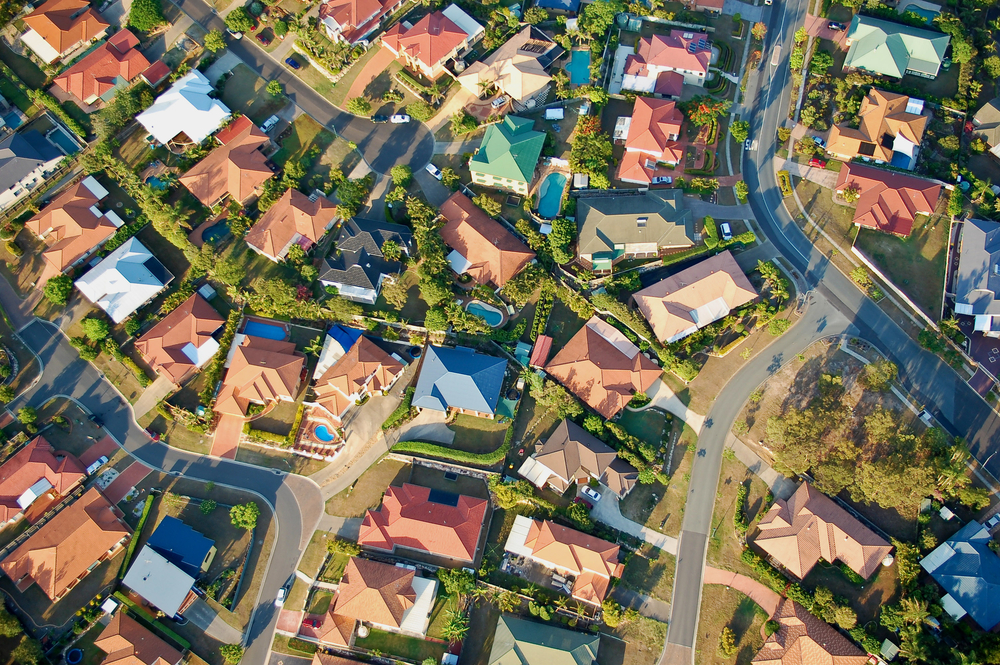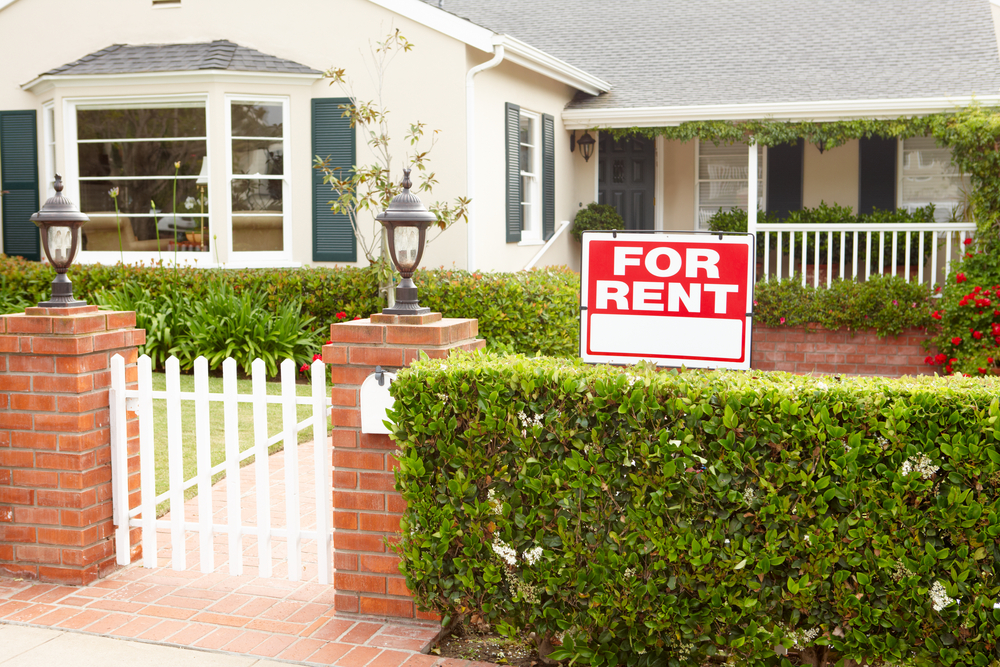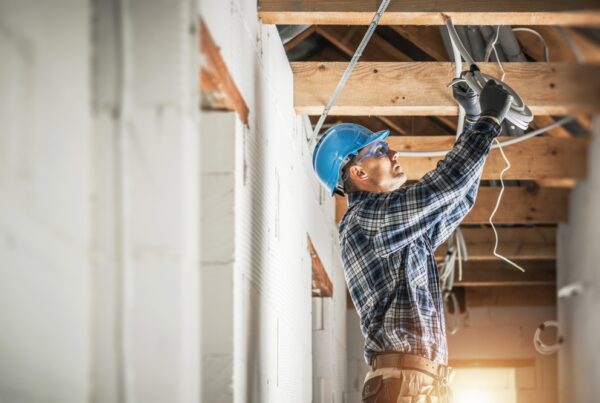The Real Estate Institute of Queensland (REIQ) says consecutive lifts in the state’s quarterly residential vacancy rate is a promising sign that rental conditions are improving.

The REIQ Residential Vacancy Rate Report for the June 2023 Quarter, released today, covers 50 local government areas (LGAs) and sub regions in Queensland, and comes as the state-wide vacancy rate rose to 1.0 per cent for the first time since December 2021.
While the vacancy rate remains ‘tight’ (0 – 2.5 per cent) across the vast majority of Queensland, over the June quarter it relaxed in 38 regions, held steady in three, and tightened in nine.
REIQ CEO Antonia Mercorella said the movement over the quarter showed that we are crawling towards healthier rates across most of the state.
“We’re starting to see some early signs of the rental market starting to soften just ever so slightly, with vacancy rates showing small increases in the majority of regions,” Ms Mercorella said.
“It was too early to call in the March quarter, which also saw a slight lift, but now with back-to-back, quarter on quarter improvement, we can see some promising green shoots.
“There is still a long way to go for Queensland’s rental market to reach healthy rates, but these results are a step in the right direction with a little more movement and increasing opportunity and choice for renters wanting to get into the market.
“This is consistent with what real estate agents on the ground are telling us. They say there’s more rental housing stock freeing up, particularly in higher price point suburbs which have probably hit the peak of rent increases.
“Necessity is the mother of invention, and because people have been unable to find the type of rental property they are looking for, in the area they’re looking for, and something that works within their budget restraints, they are thinking outside of the box, adapting, and finding alternative solutions.
“These alternative arrangements include moving back in with parents where possible, moving in with other tenants in a co-tenancy instead of sole tenancy, and looking for units or townhouses instead of a freestanding home, or casting their net wider by looking at nearby localities with greater supply.”
Most improvements in vacancy rates were limited to a slight lift of 0.1-0.2 per cent which was the case across Greater Brisbane, including Brisbane LGA (1.0 per cent), Ipswich (1.1 per cent), Logan (1.0 per cent), Moreton Bay (0.9 per cent), Caboolture (1.1 per cent), Pine Rivers (1.0 per cent), Redcliffe (0.8 per cent), Redland (1.3 per cent) and Mainland (0.8 per cent).
The exception in Greater Brisbane was Redland’s Bay Islands where demand for ‘island living’ continues to weaken – rising to its highest-ever vacancy rate of 6.3 per cent.
Meanwhile in Queensland’s tourism centres, a substantial vacancies surge was seen on Maroochy Coast (1.9 per cent), Sunshine Coast (1.6 per cent), and Caloundra Coast (1.3 per cent), while Noosa shot up to into the ‘healthy’ range with a rate of 3.1 per cent.
For these popular holiday markets, it is unlikely that the rapidly relaxing vacancy rate reflects reprieve for local renters, rather it may indicate that most homes remaining on this market are listing at a price point that is out of reach for many families.
In Noosa, the median rent for a 3-bedroom house is $700 pw*, but notably this remains unchanged compared to the previous year, indicating that we may have reached a turning point as its rental prices stabilise (*RTA median rents data June Qtr 2023).
Similarly, the Gold Coast (1.2 per cent), Hervey Bay (1.3 per cent), and Fraser Coast (1.1 per cent) had more rental properties on the market for longer during the June quarter. Demand for coastal living may have also cooled off slightly during the winter months, as seasonal markets typically do.
Maryborough (0.5 per cent) remained extremely tight but continued to show improvement given not long ago it was a market that hovered around 0.1-0.2 per cent for two years, and Cairns (0.9 per cent) also continued a slow but steady upward climb in vacancies.
In Queensland’s regional rental markets, it’s a different story, with Cook (0.1 per cent) and Goondiwindi (0.1 per cent) still having virtually no vacancies, and the Southern Downs (0.2 per cent) and Tablelands (0.4 per cent) also concerningly tight with only minimal improvement over the quarter.
Gladstone (1.7 per cent) held the highest rate of the regional centres, while Bundaberg saw material improvement at 1.1 per cent, representing its highest vacancy rate since the pandemic hit.
Mackay (0.8 per cent), Rockhampton (0.9 per cent), Toowoomba (0.9 per cent) and Townsville (0.9 per cent) all had fairly minor fluctuations, with all regional centres remaining stubbornly in tight territory.
The exception in the regional areas is Mount Isa, maintaining a ‘healthy’ vacancy rate of 2.7 per cent. The median price for a 3-bedroom house in Mount Isa of $450 pw* remained unchanged compared to the previous year, demonstrating that where there’s healthy levels of supply, there’s considerably less upward pressure on price (*RTA median rents data).
While still considered tight, regional areas with the most rental availability in the June quarter include Cassowary Coast (1.5 per cent), Gympie (1.1 per cent), Isaac (1.1 per cent), Scenic Rim (1.1 per cent), Lockyer Valley (1.1 per cent), Whitsunday (1.1 per cent), Livingstone (1.0 per cent) and the Central Highlands (1.0 per cent).
Fast facts: June Quarter 2023
Queensland Vacancy Rate: 1.0 per cent
- Tightest Vacancy Rates: 0.1 per cent in Cook and Goondiwindi, followed by 0.2 per cent in Southern Downs
- Highest Vacancy Rates: 6.3 per cent in Redland’s Bay Islands (North Stradbroke, Russell, Macleay, Karragarra, Lamb, Coochiemudlo), followed by 3.1 per cent in Noosa, and 2.7 per cent in Mount Isa
- Biggest falls: -0.4 in Isaac
- Biggest rises: +0.8 in Noosa, +0.8 in Redland’s Bay Islands, +0.6 in Sunshine Coast
The REIQ classes rental markets into three categories, tight, healthy, or weak. These markets are classified according to vacancy rates:
- 0 – 2.5 per cent = tight
- 2.6 – 3.5 per cent = healthy
- 3.6 per cent – plus = weak









